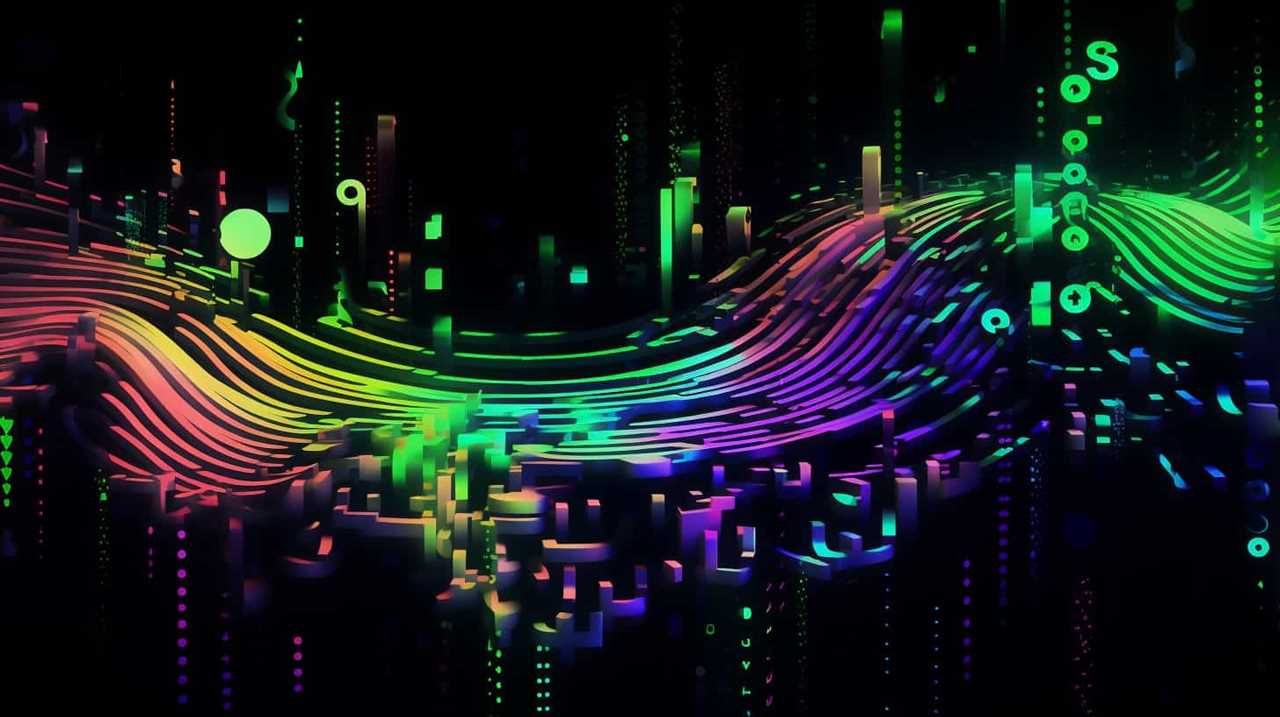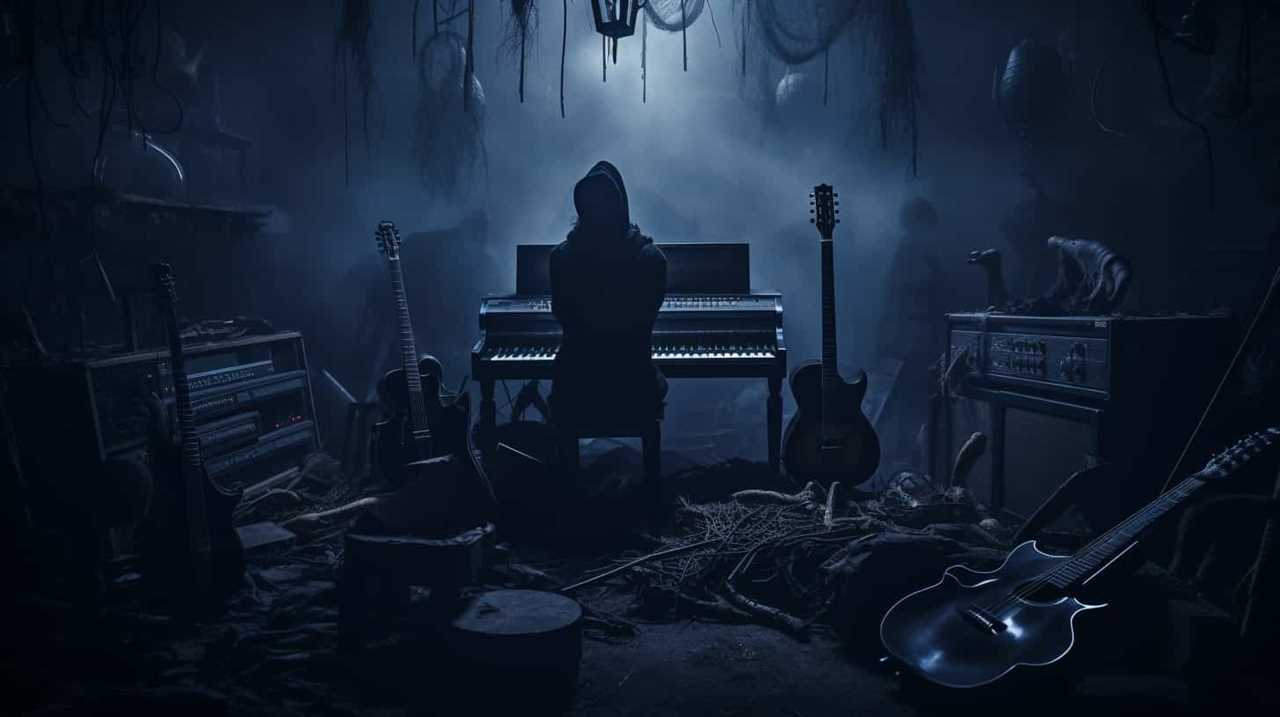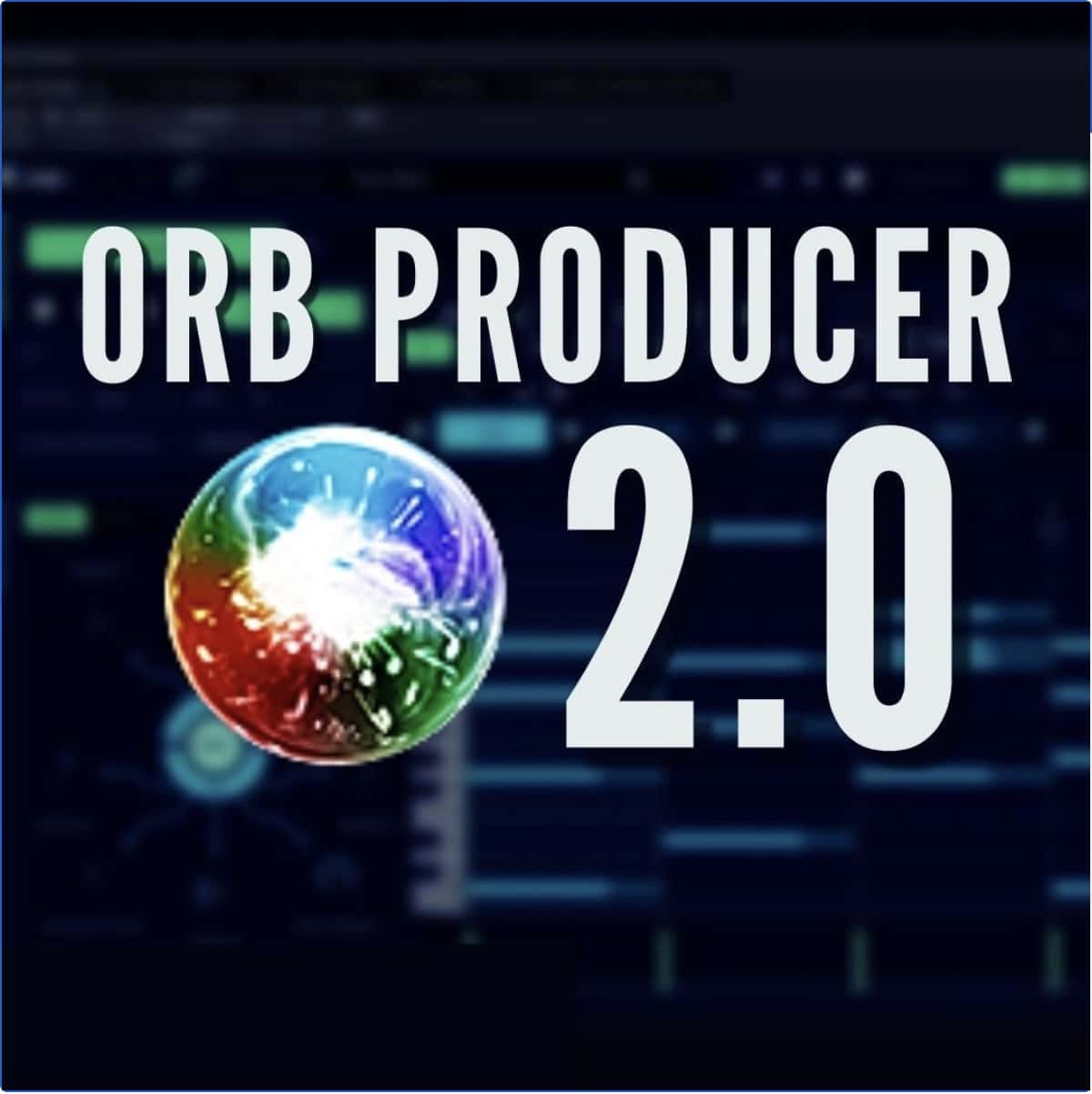As dedicated musicians, we recognize the importance of a meticulously planned performance. That’s why we’re here to help you refine the art of orchestral programming.
By understanding the intricacies of each instrument and harnessing their capabilities, you can bring your musical vision to life.
In this article, we’ll delve into key aspects such as instrumentation, dynamics, score preparation, and collaboration.
Whether you’re a composer, arranger, or aspiring conductor, this knowledge will elevate your orchestral programming to new heights.

So, let’s dive in and unlock the secrets of this captivating art.
Key Takeaways
- Knowledge of various instruments and their capabilities is essential for effective orchestral programming.
- Balancing the sections of the orchestra and utilizing different playing techniques can create a harmonious and diverse sound.
- Dynamics and expression, including dynamic markings, crescendos, and expressive markings, play a crucial role in enhancing the performance.
- Clear and legible notation, along with appropriate musical symbols and rehearsal markings, are important for score preparation and communication during rehearsals.
Understanding Instrumentation and Timbre
As we delve into the topic of understanding instrumentation and timbre, it’s important to recognize the impact that different instruments and their unique characteristics have on the overall sound of an orchestra.
Exploring tonal color and understanding instrument range are essential in creating innovative orchestral programming. By understanding the tonal color of each instrument, we can strategically choose instruments that complement each other and create a rich and diverse sound palette.
Additionally, having a thorough understanding of instrument range allows us to effectively distribute melodic lines and harmonies among different sections of the orchestra, ensuring a balanced and harmonious performance.

This knowledge empowers us to experiment with different instrument combinations, pushing the boundaries of traditional orchestration and creating fresh and innovative musical textures.
Achieving Balance and Harmony in Orchestration
To achieve balance and harmony in orchestration, we must carefully consider the dynamics and timbre of each instrument, ensuring they blend seamlessly together to create a cohesive and unified sound.
Achieving tonal balance is crucial in orchestration as it allows for clarity and richness in the overall musical texture. By exploring orchestral color, we can add depth and variety to our arrangements, creating unique and innovative sonic experiences.
This involves utilizing the full range of each instrument and experimenting with different combinations to create interesting and contrasting timbres.

Through thoughtful orchestration techniques, we can highlight specific melodic lines or harmonies, enhancing the overall musical narrative.
Exploring Techniques for Depth and Variety
We can enhance our orchestral arrangements by exploring various techniques for depth and variety, allowing us to create a more dynamic and engaging musical experience.
One technique to explore is tempo variation, which involves changing the speed of the music throughout the arrangement. By incorporating tempo changes, we can create moments of tension and release, adding excitement and interest to the overall composition.
Additionally, incorporating unconventional instruments can bring a unique and innovative sound to our orchestral arrangements. Experimenting with instruments outside the traditional orchestral palette, such as electronic instruments or ethnic instruments, can provide a fresh and unexpected element to the music.

This not only adds depth and variety but also appeals to an audience that desires innovation and new musical experiences.
Creating Unique Textures With Instrument Combinations
One way to achieve unique textures in our orchestral arrangements is by combining two or more instruments to create a rich and distinctive sound. Experimenting with unconventional instrument pairings allows us to break away from traditional orchestration techniques and explore new sonic possibilities.
By incorporating electronic elements into orchestral arrangements, we can add a modern twist to our compositions and create a fusion of acoustic and electronic sounds. This combination can result in a dynamic and captivating listening experience.
When experimenting with instrument combinations, it’s important to consider the timbre and range of each instrument to ensure a balanced and cohesive sound. By thinking outside the box and pushing the boundaries of orchestration, we can create innovative and exciting textures that will captivate our audience.

Highlighting Melodic Lines and Harmonies With Orchestration
How can we effectively highlight melodic lines and harmonies with orchestration? When orchestrating a piece of music, we have the opportunity to bring out specific melodic lines and harmonies, creating a rich and dynamic sound. By carefully selecting instruments and utilizing orchestration techniques, we can emphasize and enhance the musical elements we want to highlight.
One way to achieve this is by assigning the melodic line to a solo instrument or a small group of instruments. This draws the listener’s attention to the melody and allows it to shine through the texture of the orchestra. Additionally, exploring harmonies in orchestration can be done by using different instrument combinations to create unique and interesting chord voicings. The table below provides a visual representation of how different instruments can be used to highlight specific melodic lines and harmonies:
| Melodic Line | Harmony |
|---|---|
| Violin | Flute |
| Trumpet | Clarinet |
| Cello | Bassoon |
| Oboe | French Horn |
| Saxophone | Trombone |
Mastering Dynamics for Volume and Intensity
As composers, we strive to master the dynamics for volume and intensity in our orchestral programming, ensuring an immersive and captivating musical experience. Understanding musical interpretation and collaboration with performers are crucial in achieving this goal. Here are five key points to consider:
-
Study the score and analyze the composer’s intentions for dynamics. This will help you make informed decisions when programming.

-
Communicate with the performers to understand their interpretation and preferences. This collaboration ensures a cohesive and unified performance.
-
Experiment with different dynamic markings, such as crescendos and decrescendos, to create tension and release in the music.
-
Pay attention to the balance between different sections of the orchestra. Adjust the dynamics accordingly to achieve a well-rounded sound.
-
Use expressive markings and articulations to add nuance and emotion to the music. This will enhance the overall intensity of the performance.

Utilizing Crescendos and Decrescendos for Dramatic Effect
We can create breathtaking moments in our orchestral programming by skillfully utilizing crescendos and decrescendos for dramatic effect. Incorporating dynamic contrasts for emotional impact is a key technique in creating these moments.
By gradually increasing the volume with a crescendo, we can build tension and excitement, leading to a powerful climax. Conversely, using a decrescendo can create a sense of release and resolution. These techniques allow us to manipulate the emotional journey of the audience, enhancing the overall impact of the music.
Expressive Markings for Interpretation and Expression
To convey our desired musical interpretation and expression, we must utilize expressive markings throughout our orchestral programming. Exploring musical interpretation is crucial in bringing out the intended emotions and artistic vision in a composition. By incorporating expressive techniques, we can guide the musicians in delivering a more nuanced and expressive performance.
Here are five key ways to incorporate expressive markings in orchestral programming:

-
Tempo markings: Indicate the desired speed and tempo changes to shape the overall flow and energy of the piece.
-
Articulation markings: Use different articulations, such as staccato or legato, to add texture and clarity to the musical phrases.
-
Phrasing and dynamics: Markings for phrasing and dynamics help shape the phrases and highlight important musical gestures.
-
Accents and sforzandos: These markings provide emphasis and add dramatic impact to specific notes or passages.

-
Rubato and fermatas: These markings allow for flexibility in timing, adding a sense of freedom and expression to the performance.
Balancing the Orchestra and Soloists in Performance
Throughout the performance, we strive to achieve a harmonious balance between the orchestra and the soloists. Achieving a seamless blend between the two is essential in creating a captivating and innovative musical experience.
In complex orchestral passages, there are strategies that can help maintain this balance. One such strategy is carefully assigning roles to different instruments and sections of the orchestra. By assigning certain melodies or accompaniment to specific instruments, we can ensure that the soloists aren’t overshadowed by the orchestra.
Another strategy is to use dynamics and articulations effectively. By utilizing dynamic markings and different articulations, we can emphasize the soloists when necessary and create a delicate interplay between the orchestra and the soloists.

Adding Nuance and Emotion With Articulations
One way to enhance the emotional impact of a musical performance is by using a variety of articulations and exploring their nuanced effects. Articulations refer to the techniques used to shape and define individual notes within a musical phrase. By experimenting with different articulation techniques, composers and arrangers can add depth and nuance to their compositions, allowing for a more expressive and emotionally engaging performance.
Understanding the emotional nuances that each articulation brings can greatly impact how the music is perceived by the audience. Here are five key points to consider when exploring articulation techniques:
-
Staccato: Produces short, detached notes, adding a sense of clarity and precision to the music.
-
Legato: Creates smooth, connected notes, evoking a sense of fluidity and lyrical expression.

-
Marcato: Adds emphasis and strength to individual notes, enhancing the overall impact of a phrase.
-
Pizzicato: Produces a plucked sound on string instruments, providing a playful and rhythmic quality.
-
Tremolo: Rapidly repeating a single note or alternating between two notes, generating tension and intensity.
Frequently Asked Questions
How Can Orchestral Programming Enhance the Overall Performance of an Orchestra?
Improving dynamics and maximizing expressiveness in orchestral programming can greatly enhance the overall performance of an orchestra. By carefully considering the range and timbre of different instruments, balancing the sections, and utilizing various playing techniques, we can create a harmonious sound with depth and variety.

Furthermore, incorporating dynamic markings, expressive notations, and experimenting with different articulations can add nuance and emotion to the music. These elements, when combined effectively, elevate the performance and captivate the audience.
What Are Some Techniques for Achieving Balance and Harmony in Orchestration?
To achieve balance and harmony in orchestration, we focus on achieving dynamic contrast and utilizing counterpoint techniques.
Dynamic contrast involves using varying levels of volume and intensity to create a sense of tension and release. This adds depth and dimension to the music.
Counterpoint techniques involve intertwining multiple melodic lines to create a rich and layered texture.

How Can Different Playing Techniques Be Utilized to Add Depth and Variety to Orchestral Arrangements?
Exploring unconventional articulations and utilizing extended playing techniques can greatly enhance the depth and variety of orchestral arrangements. By incorporating techniques such as flutter tongue, col legno, or harmonics, composers can create unique and innovative textures in their compositions.
These techniques allow for the exploration of new timbres and sonic possibilities, adding an element of surprise and interest to the music. By pushing the boundaries of traditional playing techniques, orchestral programming can achieve a fresh and innovative sound.
What Are Some Tips for Creating Unique Textures With Instrument Combinations in Orchestral Programming?
Creating unique textures with instrument combinations in orchestral programming involves exploring unconventional instrument pairings in orchestration.
By combining instruments with contrasting timbres and characteristics, we can achieve a rich and distinctive sound palette.

For example, blending the soft and mellow tones of a clarinet with the bright and piercing sound of a trumpet can create a unique and unexpected sonic texture.
This experimentation with instrument combinations allows for endless possibilities and opens up new avenues for innovation in orchestral programming.
How Can Orchestration Techniques Be Used to Highlight Specific Melodic Lines or Harmonies in a Musical Arrangement?
In orchestration, we can use dynamics to highlight specific melodic lines or harmonies. By carefully controlling the volume and intensity, we can draw attention to important musical elements.
Additionally, the use of instrumentation plays a crucial role in emphasizing certain aspects of a symphonic arrangement. Choosing the right instruments and assigning them specific roles can bring out the desired musical elements and create a unique and innovative sound.

Conclusion
In conclusion, mastering the art of orchestral programming is a journey that requires dedication and expertise.
While some may argue that digital orchestration can never match the depth and emotion of a live performance, it’s important to remember that technology has come a long way in replicating the nuances of an orchestra.
By understanding the intricacies of instrumentation, balance, and expression, we can create captivating orchestral compositions that move and inspire audiences worldwide.
So embrace the power of orchestral programming and let your creativity soar.




![Trap Beat Mixing Tutorial [Extended Version] 35 TRAP BEAT MIXING TUTORIAL EXTENDED VERSION](https://strongmocha.com/wp-content/uploads/2019/08/TRAP-BEAT-MIXING-TUTORIAL-EXTENDED-VERSION.png)





